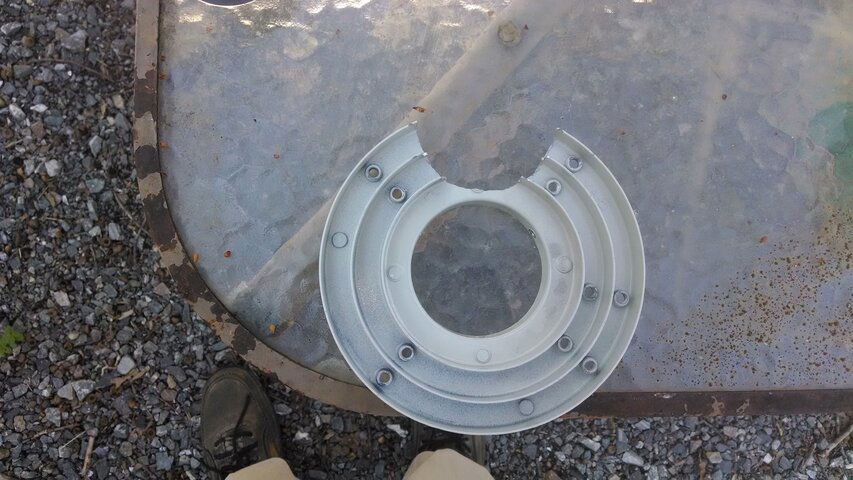Lets say I had a custom made scalar that placed two Titanium C2PLLs as close as possible, maybe touching each other. On a 10 foot dish what would you think the minimum separation achievable would be?
2 degrees, 4 degrees?
2 degrees, 4 degrees?




